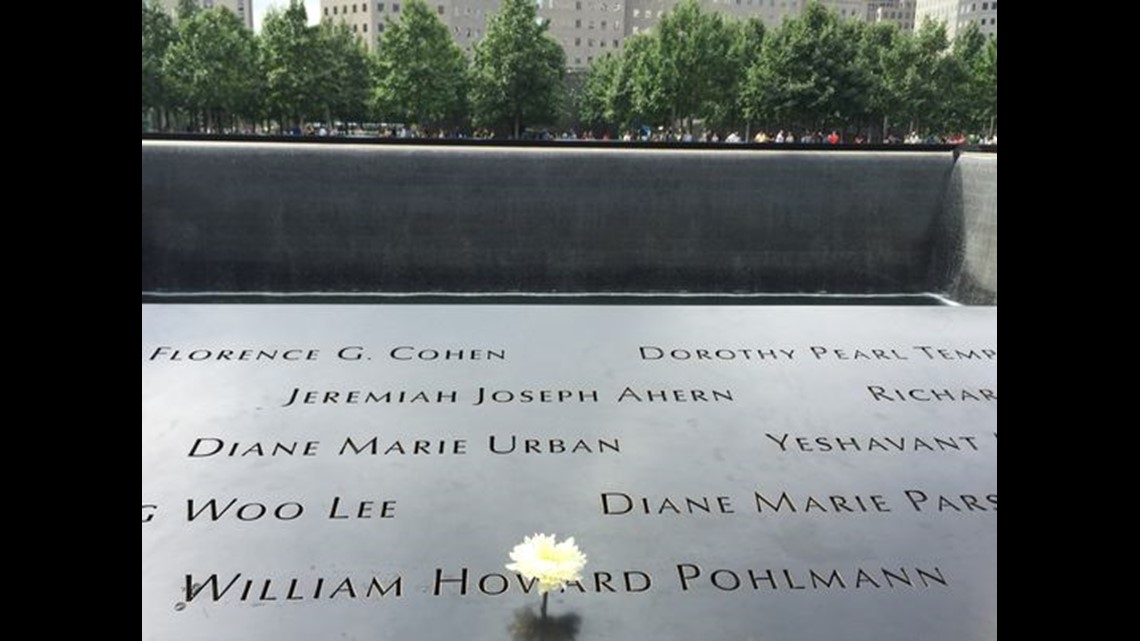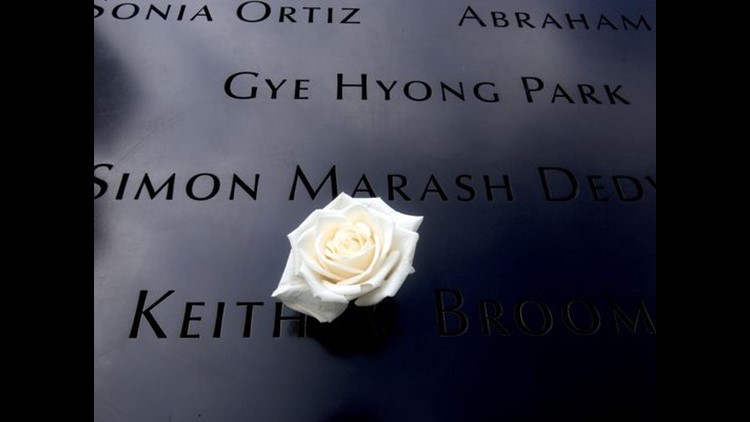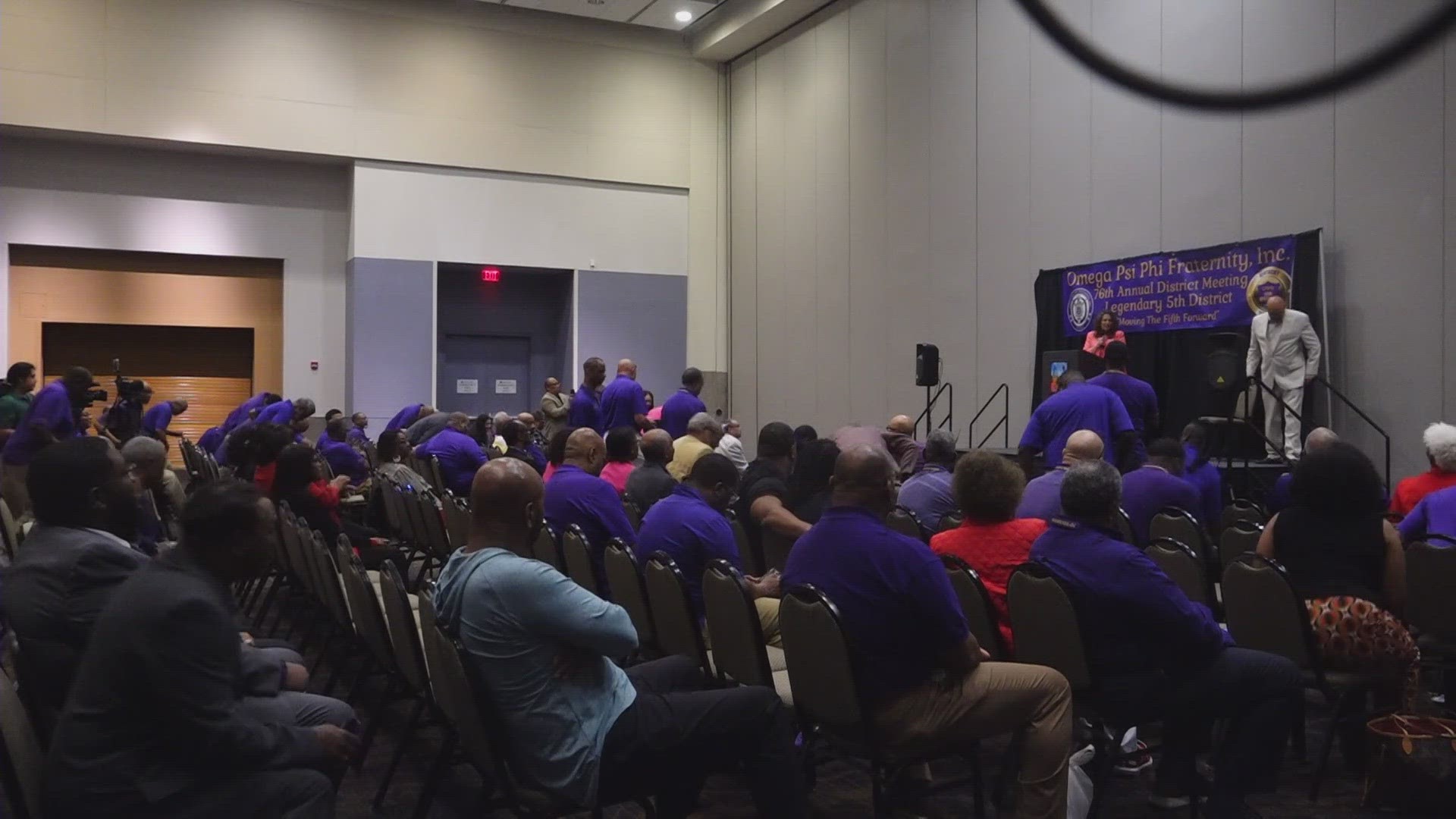One August morning, travelers queued up early at two of New York City’s leading tourist attractions, around the corner from each other in a place reduced to rubble on the crisp, clear morning of Sept. 11, 2001.
One group stood solemnly in the roped-off lines at the 9/11 Memorial Museum, waiting to relive how that fateful day unfolded and to pay tribute to the close to 3,000 who perished in the attacks.
Another group waited at Vesey Street and the West Side Highway with tickets for the 46-second trip to the 100th floor of One World Observatory, the Disney-inspired attraction atop the new World Trade Center.
Both throngs were surrounded by rivers of humanity from all over the world streaming through architect Santiago Calatrava’s cathedral-like Oculus in the Transportation Hub - the breathtaking white-marbled public space with an upscale retail mall that opened in mid-August. Yet others lined up 10 deep for coffee in 4 World Trade Center at the sprawling Eataly food complex with restaurants, cafes, fresh produce, and a butcher.
Downtown Manhattan is back, with the stunning memorial to the dead, attractions that draw tourists from around the globe, and a growing commercial life that has revitalized what had been a hole in New York City’s economy — and heart. It's a hive of commerce and tourism juxtaposed next to a tribute to victims.
A record 14.2 million visitors came to Lower Manhattan in 2015, with the Downtown Alliance reporting that visits are up 14 percent in 2016. Residential population as almost tripled to 62,000 since 9/11. There has been a hotel boom too, with the construction of 28 hotels in lower Manhattan since the Twin Towers fell, including the soon-to-open Four Seasons and Beekman hotels.
“It’s the new downtown,” said Chris Heywood, senior vice president of NYC & Company, the city’s tourism promotion agency. “New York has reinvented itself, and this neighborhood is a destination that’s alive 24/7 for leisure travel. Now it’s a shopping and culinary destination too."

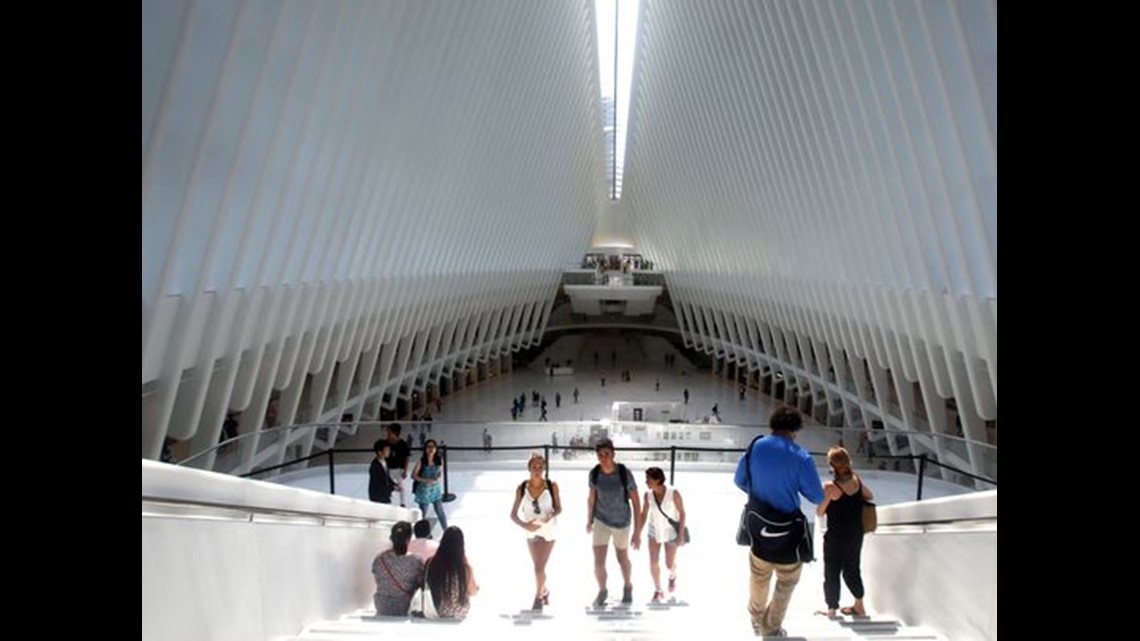
The sacred and the profane
Visitors can feel the tug between the sacred and the profane throughout the site, with commercial office towers and shopping malls rising not far from the meditative solemnity of David Arad’s “Reflecting Absence” memorial pools, their 30-foot high waterfalls surrounded by the comforting shade of an oak tree grove.
Jay Winuk of Carmel, whose brother, Glenn, died on 9/11, has been a regular visitor over the past 15 years. He serves on a 9/11 Museum committee while also leading the campaign in 2009 to make 9/11 a national day of service.
“The challenge was not to have it feel too touristy and too commercial,” said Winuk. “We had to make certain sacrifices in that regard ... But that’s part of the deal. If you want people to come downtown to pay their respects, and linger, you need to give them something to make the visit complete.”
For those like myself who live and work in New York City’s northern suburbs, a visit to the 9/11 site rekindles akaleidoscope of memories – of those I knew who died in the attacks; of those still struggling to come to grips 15 years later; and those like Winuk who have worked ever since to make 9/11 an event that can transform New York City and the nation.
I’d gone to Ground Zero a week after the twin towers fell to report on the cleanup efforts. A few years later, I stood in amazement on the anniversary when thousands of birds seemingly spiraled heavenward in the twin beams of light that marked the date.
I returned to Ground Zero in late August to see what lower Manhattan had become over these 15 years.
I went there to see, to do and to feel.
International travelers abounded – from Europe, Asia and Africa, all coming to the site of the terrorist attacks. Among them was Lena Laengst of Munich, Germany, who was 17 in 2001.
“These attacks changed the mind of the world,” she said, by the south memorial pool. “I was coming to New York. I had to see it.”

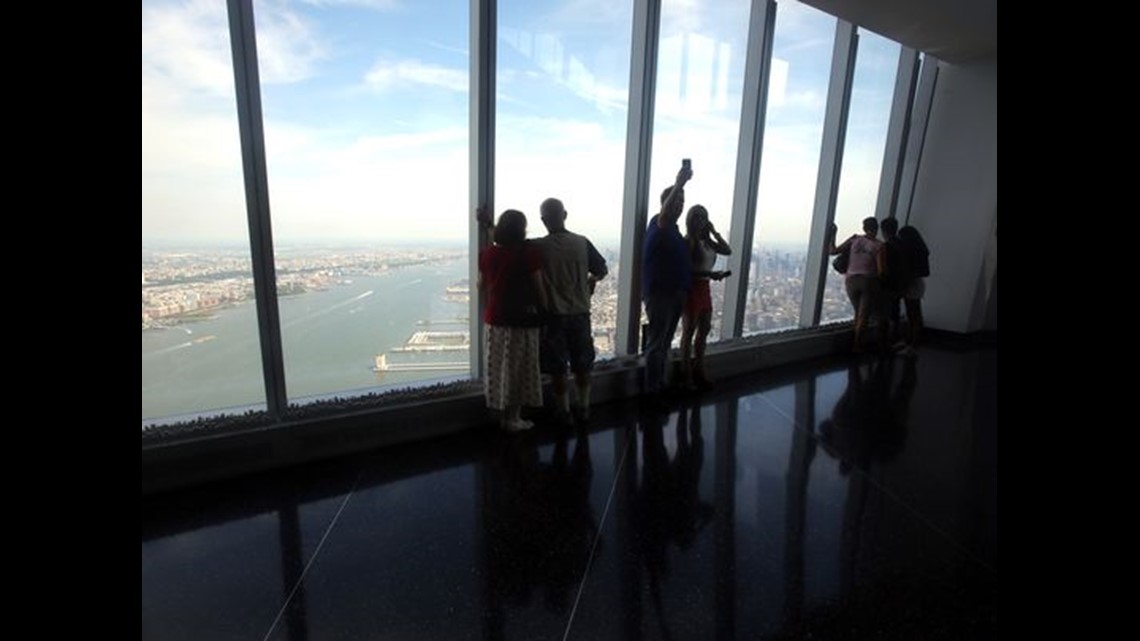
Back to the top of the world
Back in the late 1980s, I remember riding the elevator to top of the North Tower to see the glorious view from the 106th floor.
The new World Trade Center view comes with a show at One World Observatory. It begins when you walk through a darkened jumble of voices and video images from the tower’s construction, and the triumph of the construction of the Western Hemisphere’s tallest building. Today’s elevator trip to the top is a multi-media experience, with the history of New York flashing before you on the elevator wall as it takes you through the centuries of New York City’s growth.
Once off the elevator, you gather with your fellow travelers in the See Forever Theater for a multi-media tour of the city, with a resounded reveal at its conclusion.
“New York has reclaimed this view,” said John Urban, vice president of Legends Attractions. “We are the fist-pump.”
At the Observatory, you get the view: north up the Hudson River, with the elegant dance of ferry boats, sailboats and barges; south to bustling New York Harbor, with Sandy Hook, New Jersey, in the distance; east to the sprawl of Brooklyn and Queens; and west to the Statue of Liberty, standing tall to welcome all.
It’s a tech-heavy experience, with iPads for rent to provide an online tour, performers to describe the wonders of New York City’s five boroughs who, with a sweep of an arm, can change the digital images on screens surrounding them.
From the observatory, visitors can also peer down on the crowning spine of Calatrava’s Oculus, and the transit center that serves 11 subway lines and the PATH train from New Jersey. Its shopping mall, with brands from Kate Spade and Cole Haan to Skechers and Under Armour, will fill 140 shops to capacity. I took one of the upper corridors to 4 World Trade Center to grab lunch at Eataly, where you can find a sit-down restaurant or grab something quick at the pizza counter.
Those looking for more shopping or other restaurants can follow the tunnel under the West Side Highway from the Transportation Hub to Brookfield Place, where a Guanaja dark chocolate cone awaits at Le District on a hot summer afternoon.
The museum
Visiting the 9/11 Memorial Museum harkens back to Sept. 11, 2001, when that Tuesday morning was interrupted with television reports that a plane had crashed into the North Tower of the World Trade Center. A walk through the displays reports the horror and carnage minute by minute through newspaper reports and video accounts of how Sept. 11 unfolded.
One room has harrowing stills of people jumping from the burning towers. Another brings you to Shanksville, Pennsylvania, to recount the revolt by passengers of Flight 93, who fought back against the hijackers and who brought the plane down before its destination at some high-profile target in Washington, DC. Another displays plays a shocking video clip of Flight 11, which sliced into the South Tower, exploding into a fireball.
There’s also the room with pictures of each of the close to 3,000 who died that day. So many were so young.
I knew William Pohlmann, 56, of Ardsley, who died that day. I’d often discussed public policy and politics with Polhlmann when he worked for the Westchester County Board of Legislators in the mid-1990's. By 2001, he was assistant deputy commissioner of state Department of Taxation and Finance, located in the South Tower. Pohlmann, a lieutenant colonel in the Army Reserve, is pictured in his dress military uniform. He died in combat.
Outside the museum, I went back to the memorial pool, where a retired firefighter and his wife placed flowers in the names of his brothers who died that die. His wife gave me a flower.
I found Pohlmann’s marker.
I remembered Bill.
I put my flower there.

